Fall Protection and Scaffold OSHA Violations
By Sydney Smith

Falls are the leading cause of fatalities in the construction industry, per OSHA!
Last year, 7,250 fall safety violations* were recorded by OSHA, placing falls at the top of the list for most cited violations of the year.
In fact, this wasn’t the first time that failure to have appropriate fall protection equipment topped the list, it also happened in 2011.
Construction sites are prone to a number of fall safety infractions, including inadequacies in scaffolding platforms and lack of basic safety standards. Many construction sites are also missing key fall safety equipment, such as harnesses and other fall protection and scaffolding safety equipment.
In addition to lack of the necessary equipment, many construction sites are cited for inadequate or unsafe scaffoldings; it’s one of the most frequently violated scaffold regulations.
According to the Bureau of Labor Statistics, 72% of scaffold-related injuries result from weak platforms giving way, or from workers falling off of them. For this reason, the standard states that scaffold platforms should be fully decked, or planked, and they must be able to support 4 times the maximum load they are intended to hold.
Far too many construction sites are cited for not having the appropriate fall protection equipment or for violating other necessary regulations that are pretty intuitive, such as:
- Scaffoldings should be constructed on a stable surface and whenever possible, they should be secured to the actual building structure to prevent them from tipping over
- Employees must wear fall protection equipment when they are more than 6 ft above the ground
- Toeboards, screens, or guardrails should be in place to prevent workers from falling
- Catch platforms, debris nets, or canopy structures should also be installed to protect employees on the ground from falling objects
Improving your training programs, scaffolding design, and work protocols will go a long way toward eliminating fall and scaffolding issues.
To further reduce the risk of falling from a scaffold, here are a few practical tips you must remember:
- Existing scaffolds must be inspected before work begins; any openings or holes should be secured immediately
- Holes in the ground must be covered and secured as soon as they are discovered
- Hole covers or planks must be able to support at least twice the weight of people, equipment, and materials they are expected to hold
There are roughly 2.3 million construction workers in the United States alone and often their jobs require them to work on scaffolds or in high places. Help protect their lives, as well as stay off OSHA’s radar, by providing them with the proper training and equipment.
-----
About the Author: Sydney Smith is a content specialist at Seton. She is OSHA certified in General Industry Safety and Health, as well as General Construction. She is an avid blogger who loves to share safety regulation updates, including OSHA and GHS, as well as participate and promote community events.
-----
* OSHA - 7,250 fall safety violations
Bookmark me!
Bookmark my site and let me help you with your construction project management - together we'll crush the chaos of contracting!
Be sure to subscribe to my free newsletter to stay updated on happenings here at the site, updates to the downloadable construction forms, and ongoing news in the construction world.
Thank you for visiting and have a great day!
Diane
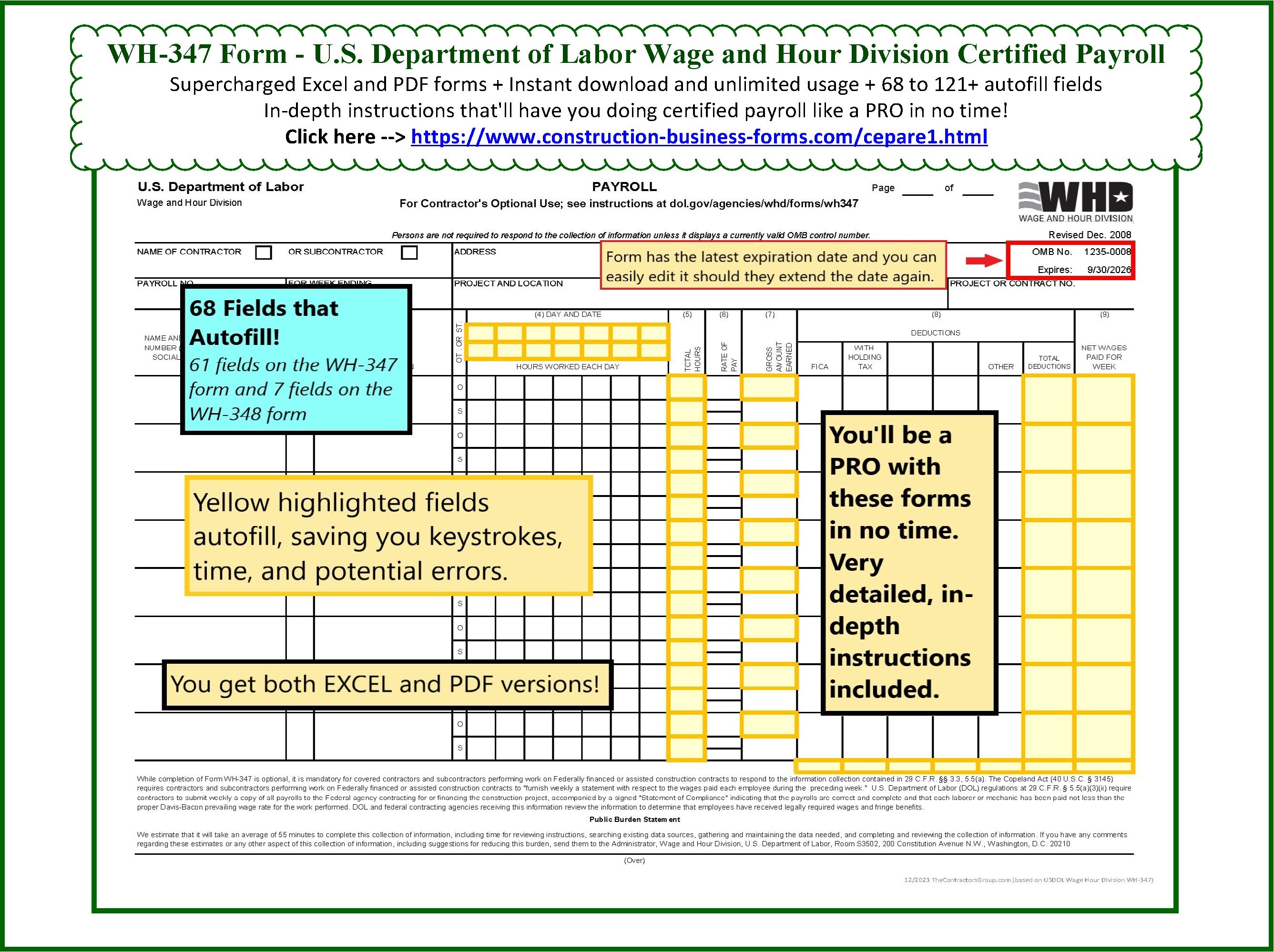
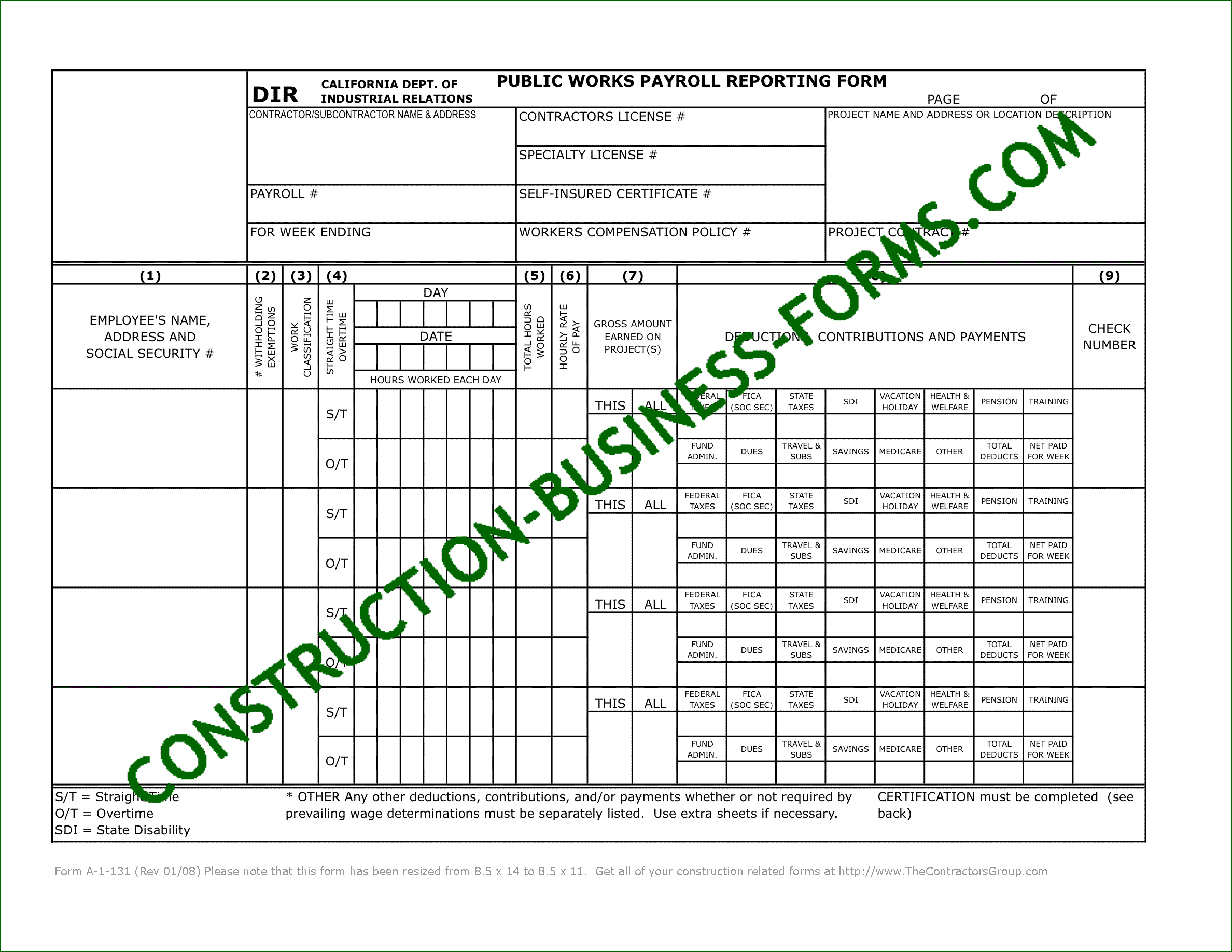

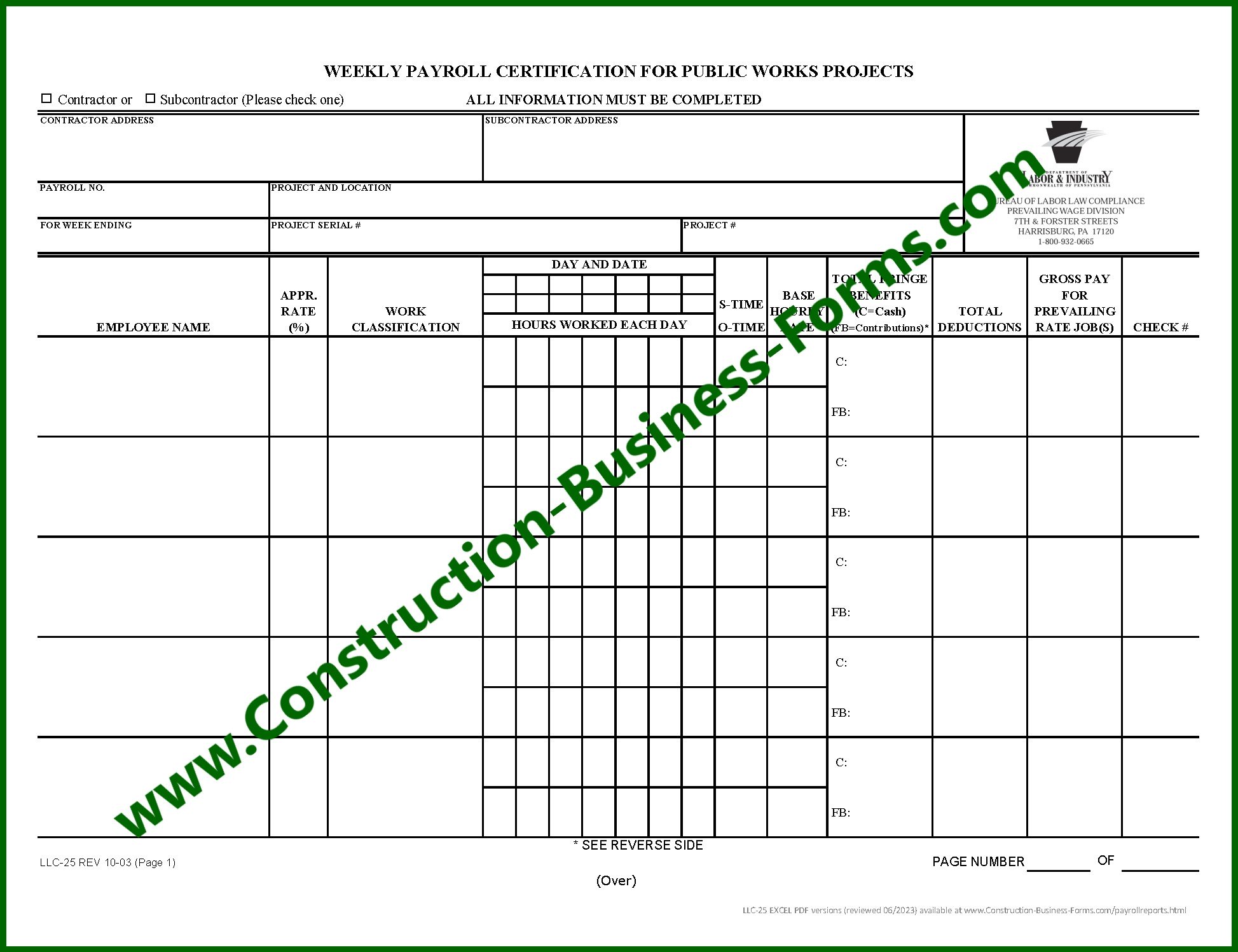
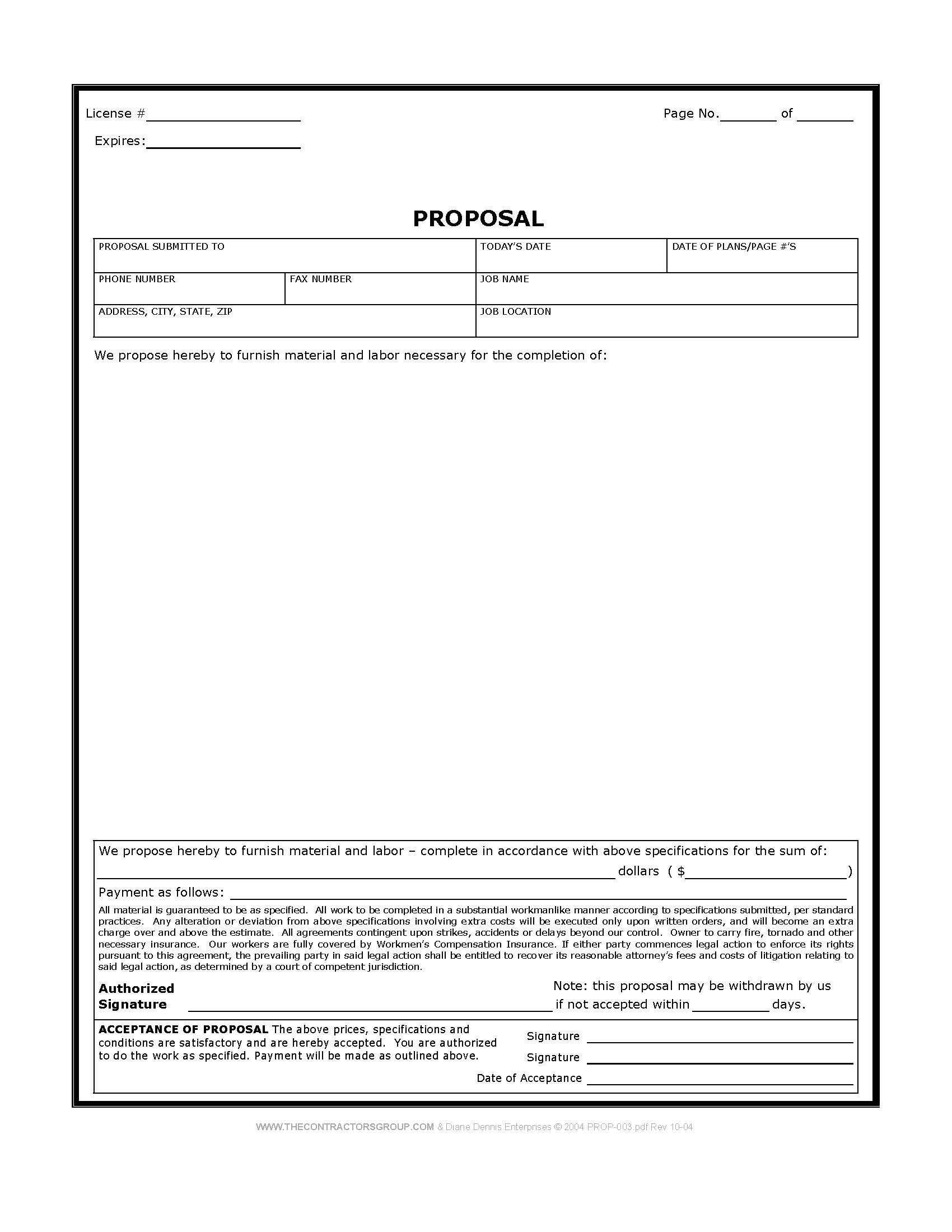
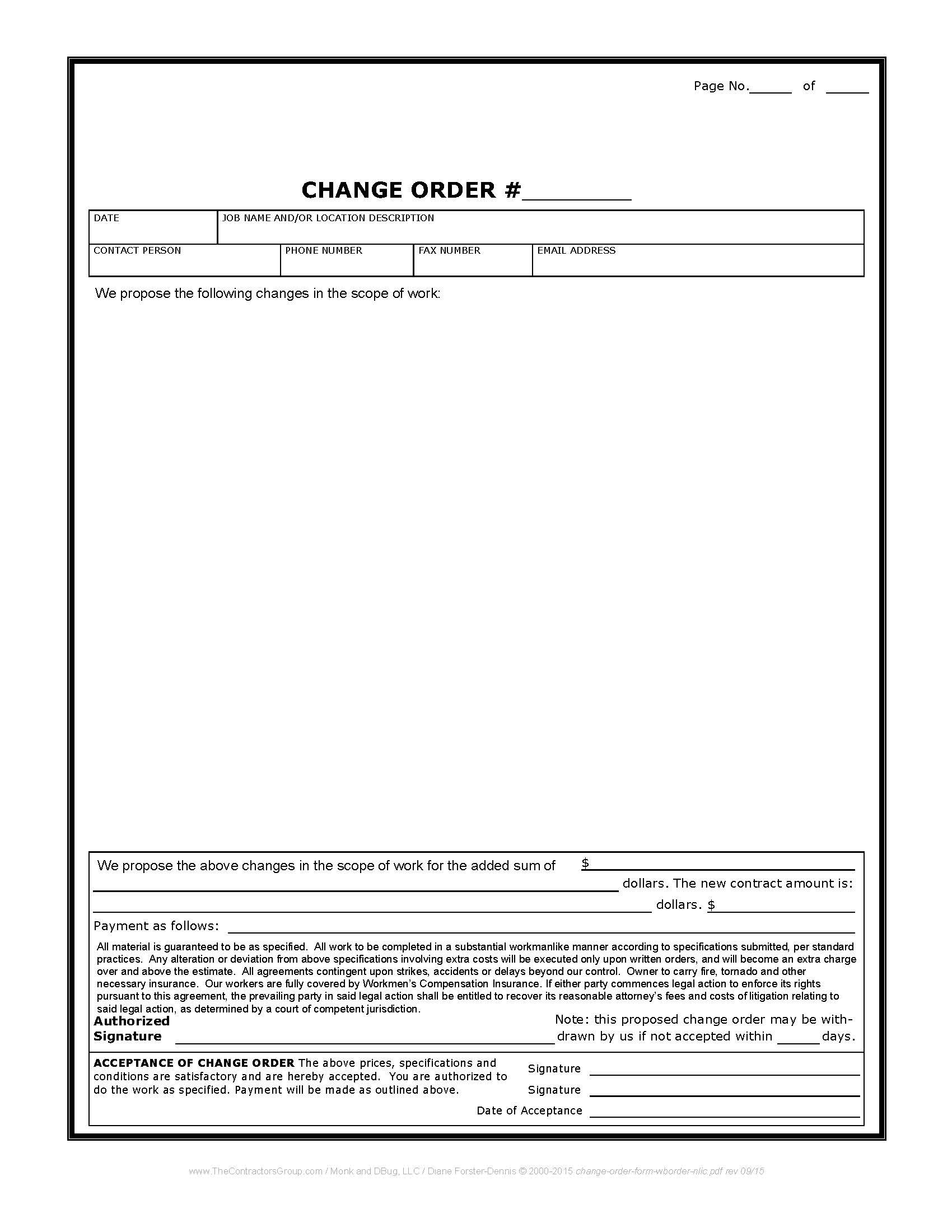
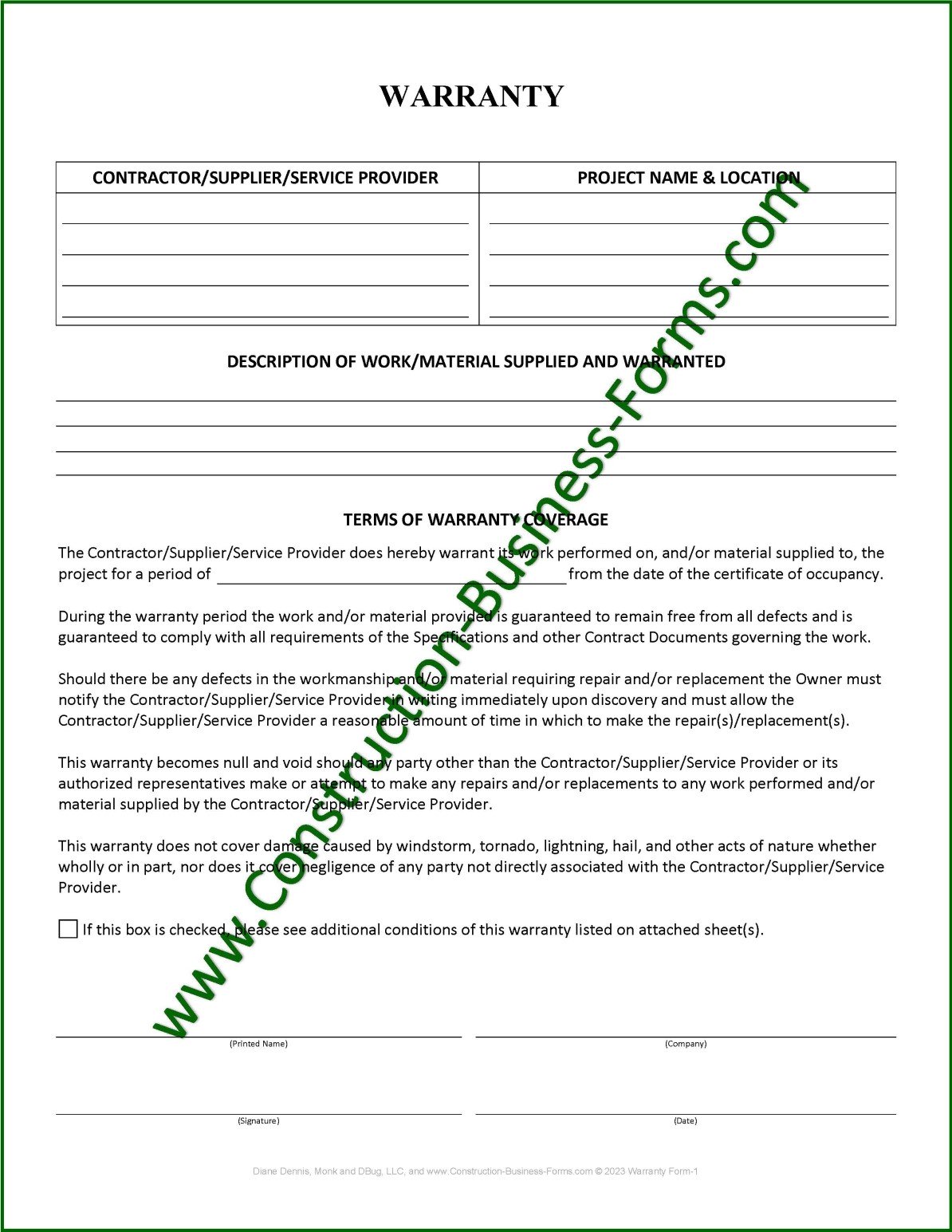
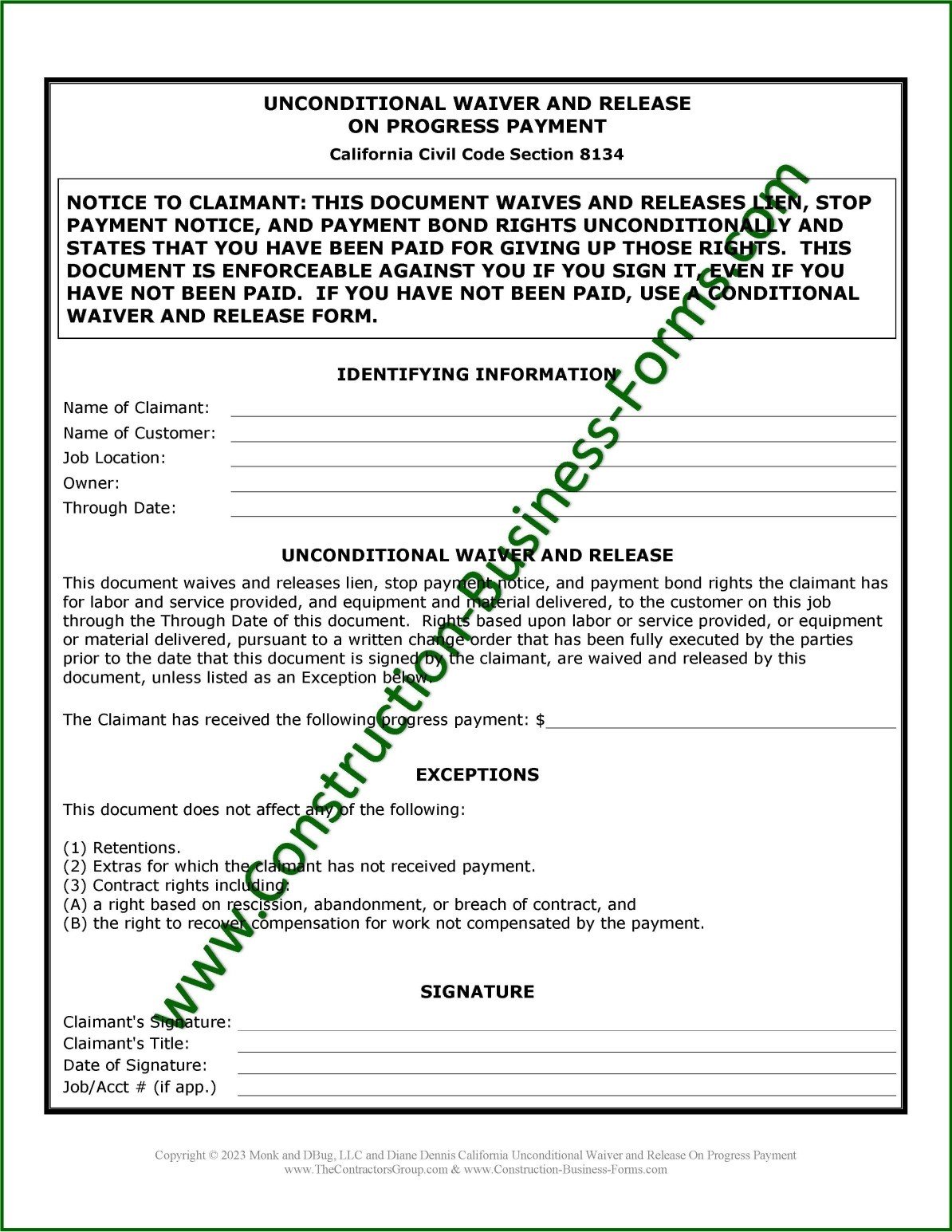
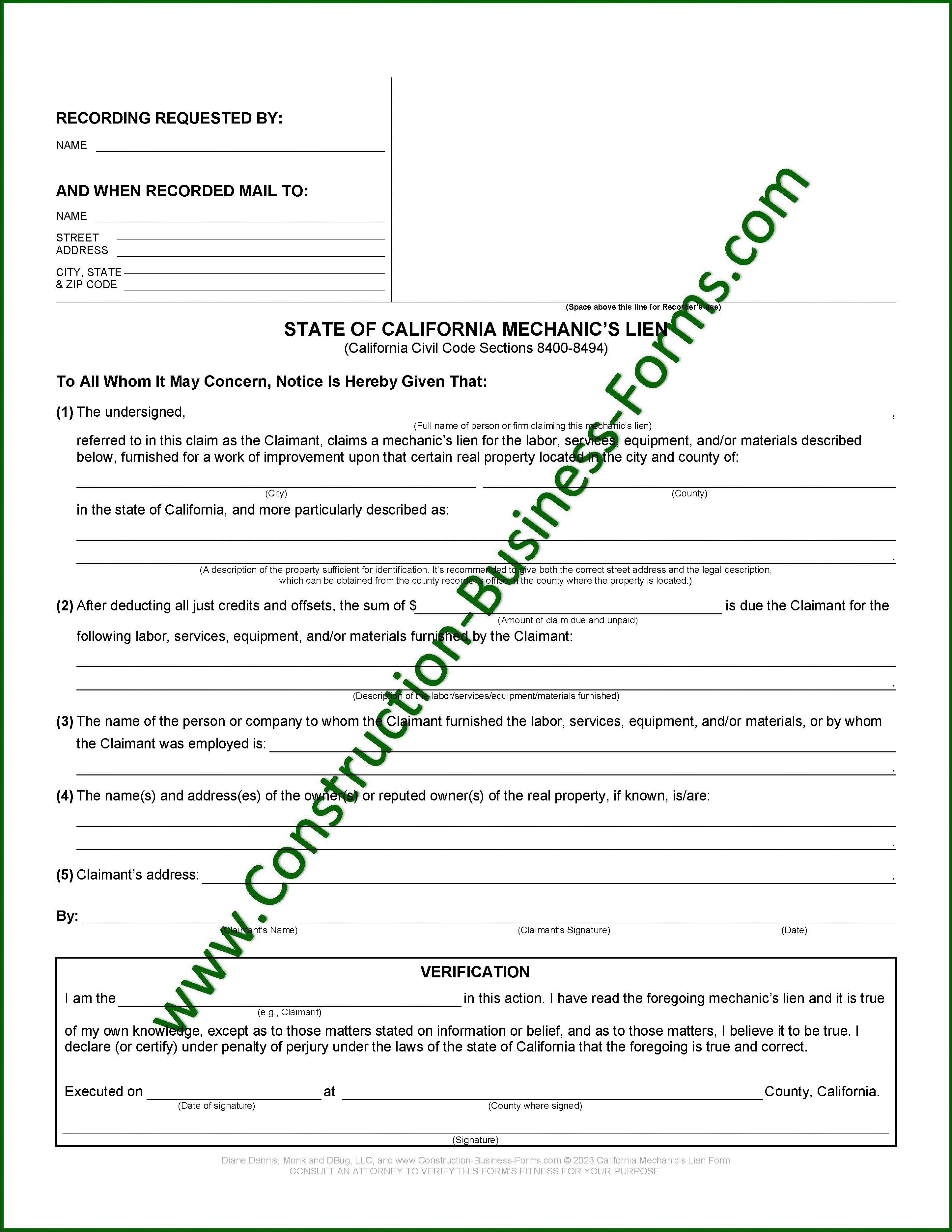
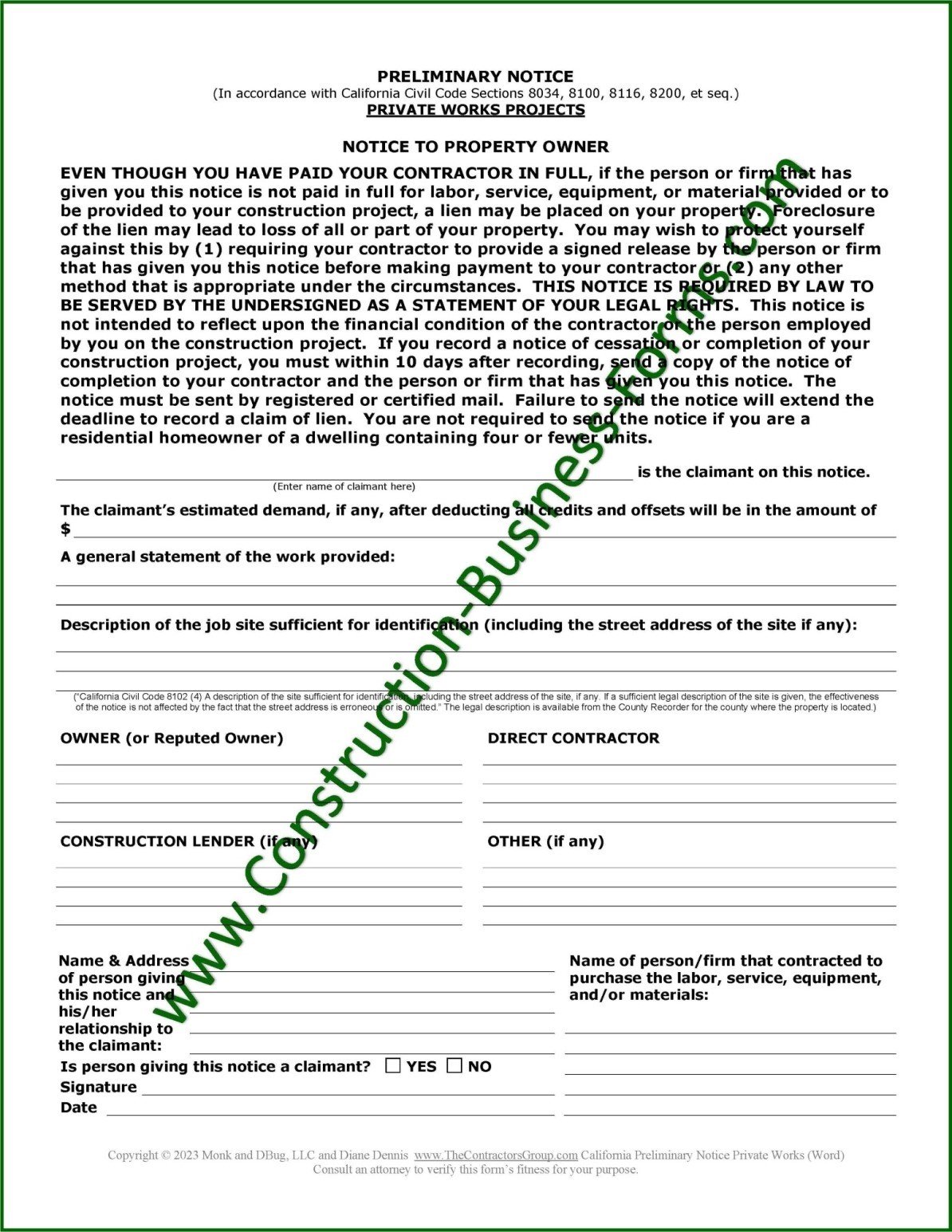



New! Comments
Please leave me your comments below. Facebook doesn't notify me of comments but I'm tickled when I come across them and I always respond when I see them.